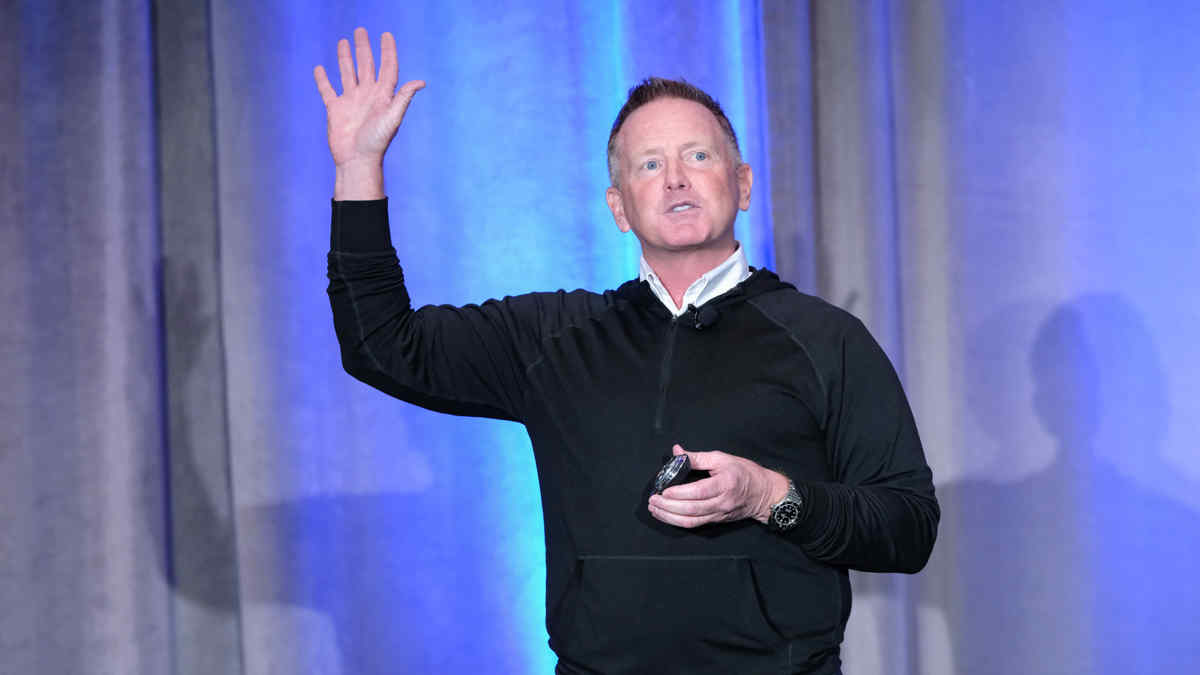

?Hiring often begins with a job ad. And attracting the right candidates starts with thoughtfully developing a targeted, creative job ad that stands out. Unfortunately, the vast majority of employers still practice the “post and pray” approach—posting generic job ads on a careers site and hoping someone will apply.
“Job ads are meant to interest people in your jobs,” said Tim Sackett, SHRM-SCP, an industry veteran, technology expert and author of The Talent Fix (SHRM, 2018), speaking April 17 at the SHRM Talent Conference & Expo 2023 in Orlando, Fla. “Applying is an outcome, but the interest must come first. Great job advertising is not about getting more people to apply, it’s about getting the right people to apply.”
Sackett outlined some job advertising fundamentals to help attendees craft more effective job ads, best utilize their recruitment marketing budget and understand the latest job posting trends.
Job Description vs. Job Ad
Misunderstanding the difference between job descriptions and job ads has long been an issue, Sackett said. Many employers are copying and pasting the job description—an internal document—right into the external posting for the job ad. But job descriptions and job ads are fundamentally different and require different treatments.
“The ad is designed to attract. It sells the job. The description describes it. One is created by recruiters [to attract applicants], and one is created by HR with compliance in mind,” he said.
“Recruiters must become more like marketers,” Sackett added. “Your job ad should be mission- and vision-driven. It should not be compliance-driven. You can have fun with it. You can be creative. Think about what it would take to get someone to apply. It’s certainly not a bulleted list of requirements.”
He recommended getting content ideas by asking people already in the role:
- What do you like about the job?
- What about the job challenges you?
- How would you describe this job to someone with no knowledge of the industry?
Sackett said that including a video component is essential. “Simply with the addition of a short video in the ad, 46 percent more people will apply. Even if the video is awful. And every ATS [applicant tracking system] has this functionality.”
Salary Range or Not?
The majority of employers are not yet required to add salary ranges in job ads, but doing so is another surefire way to attract candidates.
“If you can put the salary in the job title, you will get seven times more candidates applying for that job,” Sackett said. “Even if the posted range is under market, more people will apply. People want to know what they will be paid.”
The most common reason employers hold off on adding salary ranges is to avoid upsetting current employees who may not be making as much as a new worker, Sackett said.
[SHRM Online: Pay Transparency Has Soared in the Past Three Years]
Lowest and Highest ROI
Sackett said employers get the lowest return on investment (ROI) from their careers sites. “If you don’t advertise your career site, no one knows to go there,” he said. “You can spend time and money building a beautiful career site, but if you don’t advertise your brand to get people to go there, it’s like putting a billboard behind your building and wondering why no one sees it.”
He said that an employer’s highest ROI is its ATS database full of past candidates. This should be a gold mine of potential employees.
“The message is that if they are not hired, they are dead,” Sackett said. “Or they are no good. And that’s not true.”
Automation technology and nurturing campaigns can be used to find and continually engage great candidates who have already expressed interest in your organization.
The Job Ad Landscape, Briefly
Recruiters need to have a better understanding of where their candidate traffic comes from, Sackett said. “Most people don’t know. Ask your ATS to measure the traffic coming to your career site. You need to know that before you know how to spend your money,” he said.
He went over a few of the major players in job advertising that employers are likely to deal with.
“It doesn’t matter if you’re looking for blue collar or white collar, Indeed will be at the top of your source for applicants,” he said. “They own the job board space.”
He added that LinkedIn is a good source if you’re looking for professional candidates. Another option, especially for high-volume hiring, is ZipRecruiter, which has programmatic advertising embedded into it. And there’s Jobcase, which was set up to be a LinkedIn-like community for hourly workers. Every employer’s own careers site should be a major source of applicants, but these pages are probably responsible for fewer than you would expect, he said.
A mighty disruptor is about to enter the job advertising conversation in a big way: Google Job Ads just launched in test mode. Experts predict it could be a game changer.
“Eventually, Google Job Ads will appear at the top of Google search results above everything else,” Sackett said. He speculated that in the future, employers will compete with jobs boards like Indeed for the paid ad positions on Google. That could lead to the demise of traditional jobs boards, or another scenario—Indeed and other major jobs sites could end up buying all the Google ad space and maintaining dominance.
What Is Programmatic?
Performance-based programmatic job advertising maximizes ROI. Most marketing departments have been employing programmatic ad buying for years. The technology essentially automates and optimizes job ad spending.
“You know when those shoe ads you were looking at follow you around the Internet?” Sackett asked. “That’s programmatic. It’s highly effective. Job ads will show up where the person is searching online.”
Programmatic advertising also allows employers who are targeting potential candidates to get incredibly granular based on location. Spending limits are based on performance, which is monitored and acted upon through automation.
Terry Baker, CEO of New York City-based PandoLogic, one of the pioneers of programmatic technology, defines it as “an automated process that intelligently decides when and where your jobs will display and how much you need to bid to target the right sites, audiences and demographics to yield the right volume and quality of hires.”
How Many Clicks?
“The greatest advertising in the world won’t fix your terrible apply process,” Sackett said.
The application process—how many clicks it takes to apply to a job—can determine the success of your job advertising, he said.
“The truth is, you don’t need more candidates, you need to convert more of the people who come to your career site. Especially if you are doing high-volume hourly hiring, you are losing more people the more clicks you have. The ideal would be one click,” he said.
The absolute worst thing you can do is require applicants to set up a profile and password just to apply for a job, Sackett said. “It’s shocking to see how many companies still do this. It’s like asking someone to get married at the beginning of the first date.”

